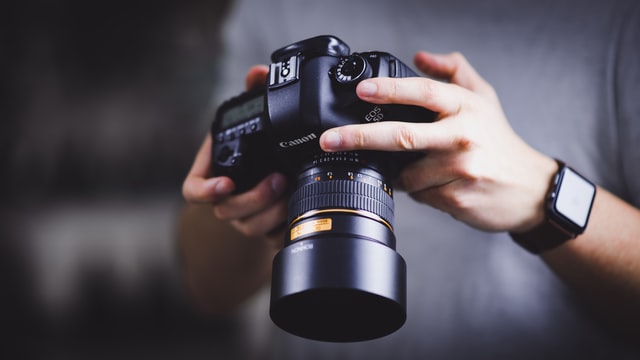There are many reasons to use full manual settings and people who work with manual settings probably all have their specific things they like about it. Here are a few of the things I personally like about shooting with full manual.
The photographer knows best
Once you reach a certain point in photography, you’ll stop thinking about getting “good exposures” and you’ll start thinking more about getting pictures that look a certain way. When you reach that level letting the camera make all the exposure decisions will start being more annoying than beneficial. Over time, and through years of practice and experiencing many different places and ways of doing photography you won’t even think about it.
Auto doesn’t work well with strobes
One big flaw of automatic exposure comes out when using off camera strobes. This becomes truer if you shoot with 2 or more strobes. While you’re pointing your camera at the scene it might be adjusting the exposure how it sees fit, but it has no idea how the light is going to look. The camera won’t understand which light is a hair light, back light, a soft fill, or a main, because it isn’t privy to that knowledge. For instance, if you set a hair light to TTL the camera won’t know why most of the light isn’t hitting your subjects face, it’ll crank up that hair light to maximum in a failed effort to get proper exposure.
TTL doesn’t work in every situation
As far as off camera strobes go it’s obvious that TTL isn’t great. But TTL is not great for on camera flash either. You may think it is easy, but the fact is the human brain knows what it knows, and the camera just doesn’t. Even with a direct flash and on-camera bounce flash, TTL tends to result in more different exposures than just shooting with straight manual the whole time.
Auto modes only understand one thing, the amount of light
Auto exposure doesn’t know if you subject is moving a certain speed, or if there is a certain color light you don’t want to show up on your subject, or if you want a little motion blur but not too much. All auto does is adjust for amount of light. If you need 1/1000th in low light, auto isn’t going to go there unless you force it to with Tv mode. The point is, auto is just a light balancing equation, it doesn’t understand the picture or what you’re trying to accomplish.
Communicating meaning
Like I said in the beginning, eventually good exposures will seem passe, you’ll focus more on achieving a look, or a feeling. You may show people in shadow to communicate a message. Or you might use a soft light for a soft moment. Whatever it is you choose, it will be what you decided and not the computer inside the camera.
Mistakes aren’t always mistakes
The last thing that is good about manual comes from experimenting with the way it works. If you always let the camera do the work, you won’t know how to achieve those looks again. Don’t be afraid to make some mistakes, push the light up and down, see how the sensor responds, you may start to understand how to go beyond just taking a picture.


